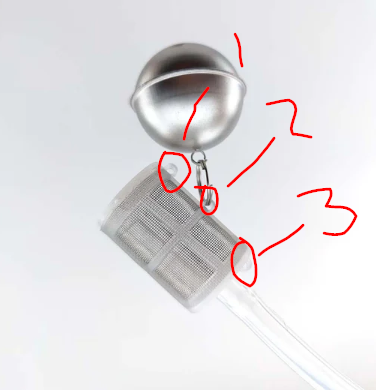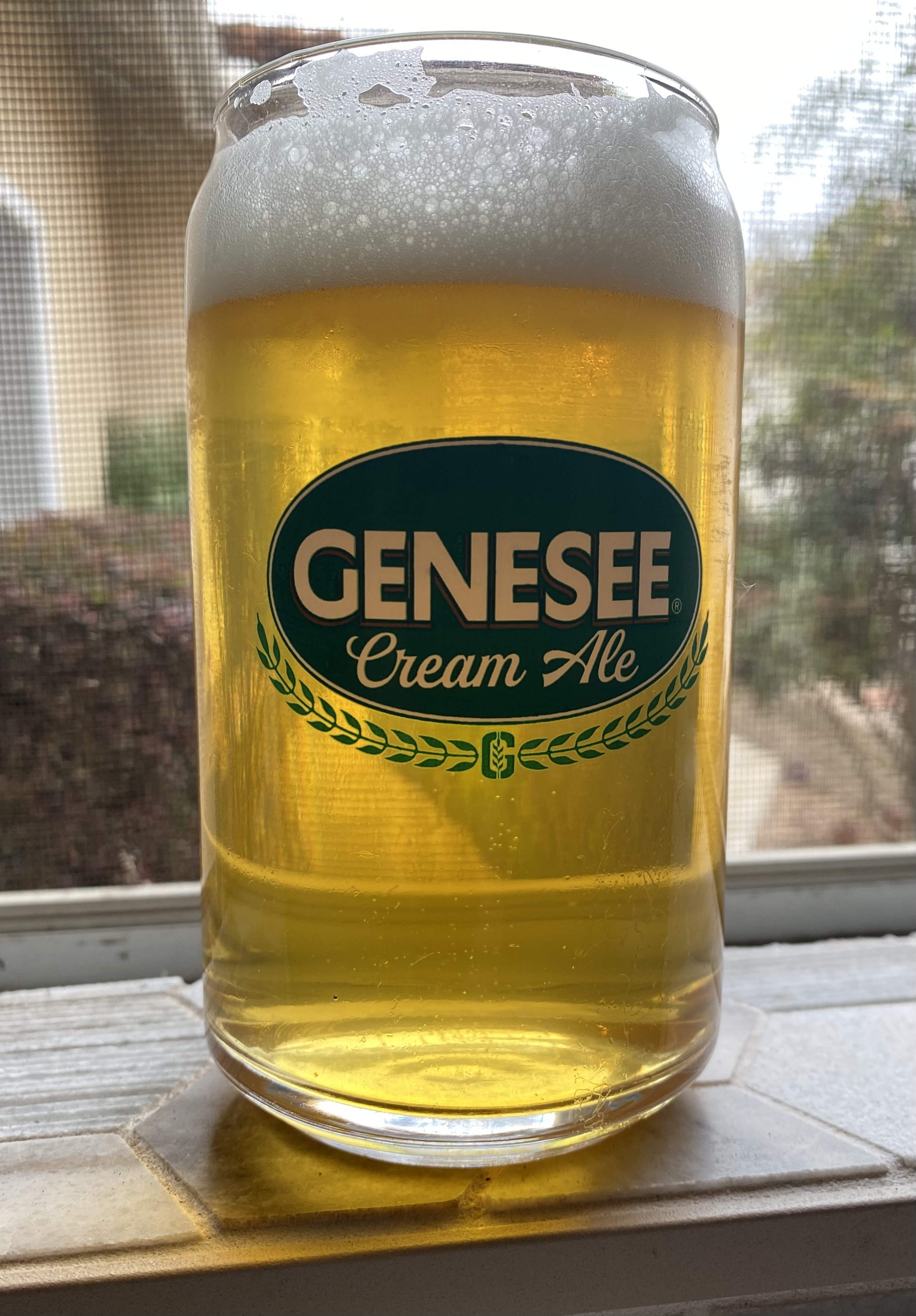Not trying to start an argument, but I have both the clear beer with the filter screen and the Flotit. The Flotit wins for me regarding transfer from fermenter to keg, or fermenting and serving from the keg. Especially with hoppy ales. I’ve had a few clogs with the clear beer, but the Flotit just keeps going. It’s a wonderful, simple design.
My only gripe would be the gaskets on the outside of the Flotit can be difficult to put on at times, but once they’re on you shouldn’t have any issues.
I have the Flotit on my big keg and agree about the filter gaskets. I have the Torpedo Buoy on two of my 5 gallon kegs. They also have the single stage filter that I also added to my All Rounder (the plastic barrel looking one with 3 adjustments on it). Are the Torpedo Buoys the same as the Clear Beer?













































![Craft A Brew - Safale S-04 Dry Yeast - Fermentis - English Ale Dry Yeast - For English and American Ales and Hard Apple Ciders - Ingredients for Home Brewing - Beer Making Supplies - [1 Pack]](https://m.media-amazon.com/images/I/41fVGNh6JfL._SL500_.jpg)













